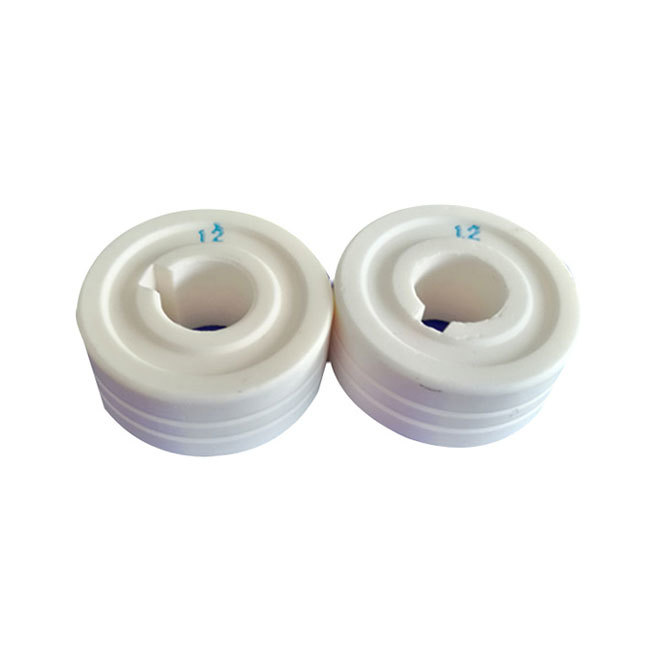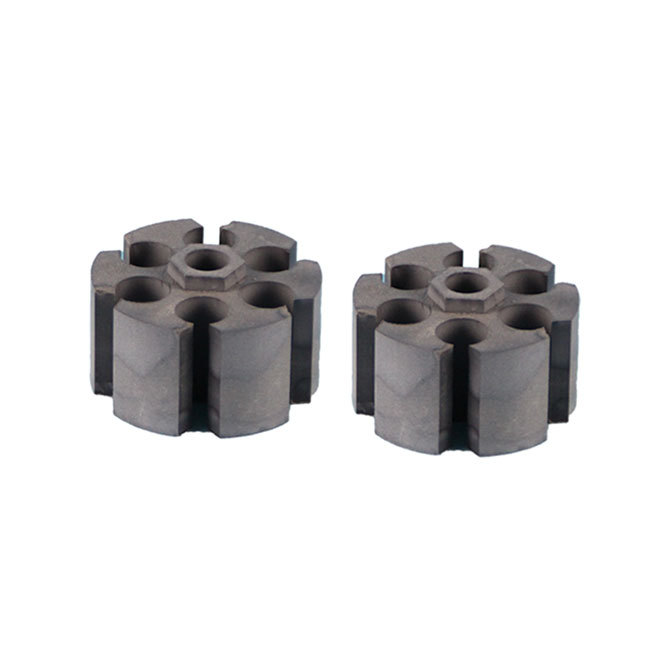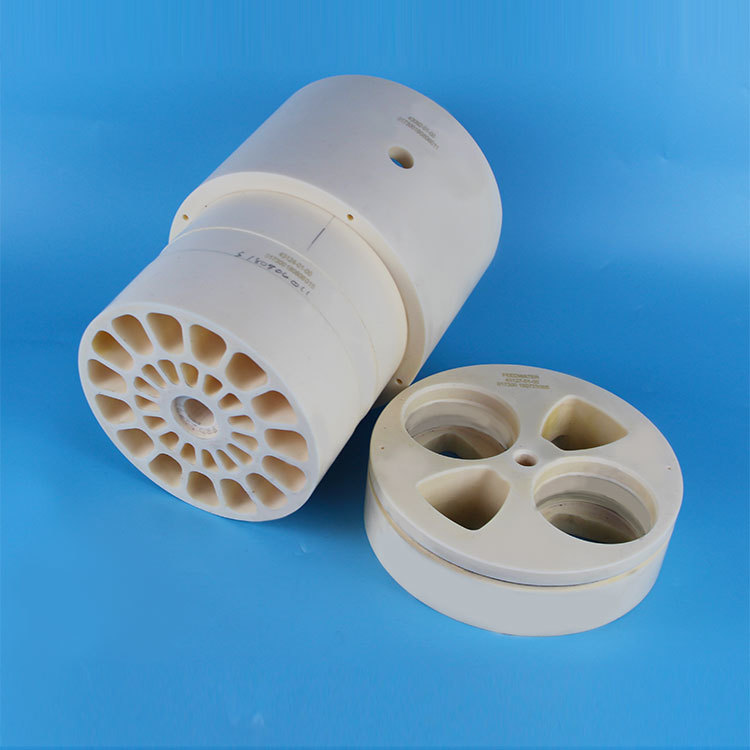







Industrial Honeycomb Ceramics
keywords:
Aluminum oxide ceramics, silicon nitride ceramics, zirconia ceramics
Category:
Product Details
Honeycomb industrial ceramics is a new type of ceramic product with a honeycomb structure. Since it was first used in the purification of small automobile exhaust, it has been widely used in chemical industry, electric power, metallurgy, petroleum, electronic appliances, machinery and other industries, with promising development prospects.
The ceramic honeycomb is composed of countless equal pores of various shapes, the maximum number of pores has reached 120-140 per square centimeter, the density is 0.3-0.6g per cubic centimeter, and the water absorption rate is as high as 20%. Due to the characteristics of porous and thin walls, the geometric surface area of the carrier is greatly increased, and the thermal shock resistance is improved. The mesh holes of the products produced are mainly triangles and quadrilaterals. Triangles are much better than quadrilaterals, and the number of holes is also more, which is especially important as a catalytic carrier. With the increase of the number of pores per unit area and the decrease of the wall thickness of the carrier, the thermal shock resistance of the ceramic carrier tends to increase, and the thermal shock damage temperature also increases. Therefore, honeycomb industrial ceramics must reduce the expansion coefficient and increase the number of pores per unit area. The coefficient of thermal expansion is the main performance indicator. The current foreign level is α 25-800 ℃ ≤ 1.0× 10-6℃-1, which has a certain gap compared with the domestic level, but the gap is getting smaller and smaller. The earliest raw materials for the production of honeycomb ceramics are kaolin, talc, aluminum powder, clay, etc. , especially diatomaceous earth, zeolite, expansive earth and refractories. Honeycomb ceramics are widely used and their performance is getting better and better.
In addition to sintered honeycomb ceramics, unsintered honeycomb industrial ceramics have also appeared, which greatly improves the activity of catalytic performance. Not only the appearance size has developed from the smallest spherical ring to large-sized cylinder, square and circle. According to different mold designs; honeycomb industrial ceramics of different sizes, shapes and structures can be made. For example, the molecular sieve catalyst used in petrochemical refinery air adsorption drying has a size of 0.8m, a square of 0.25m in width, and the number of holes per square centimeter reaches 25. Great changes have taken place in terms of raw materials, processes, and mechanical manufacturing. . In particular, the production process has been greatly improved. As a catalyst, honeycomb ceramics should not crack during the manufacturing and molding process, and the organic components should be released cleanly. In addition to wear resistance, honeycomb ceramics should also have certain mechanical strength and can be used repeatedly.
Honeycomb technical ceramics can be made of various materials. The main materials are cordierite, mullite, aluminum titanate, activated carbon, silicon carbide, activated alumina, zirconia, silicon nitride, cordierite-mullite, cordierite-aluminum titanate and other composite substrates.
Message








